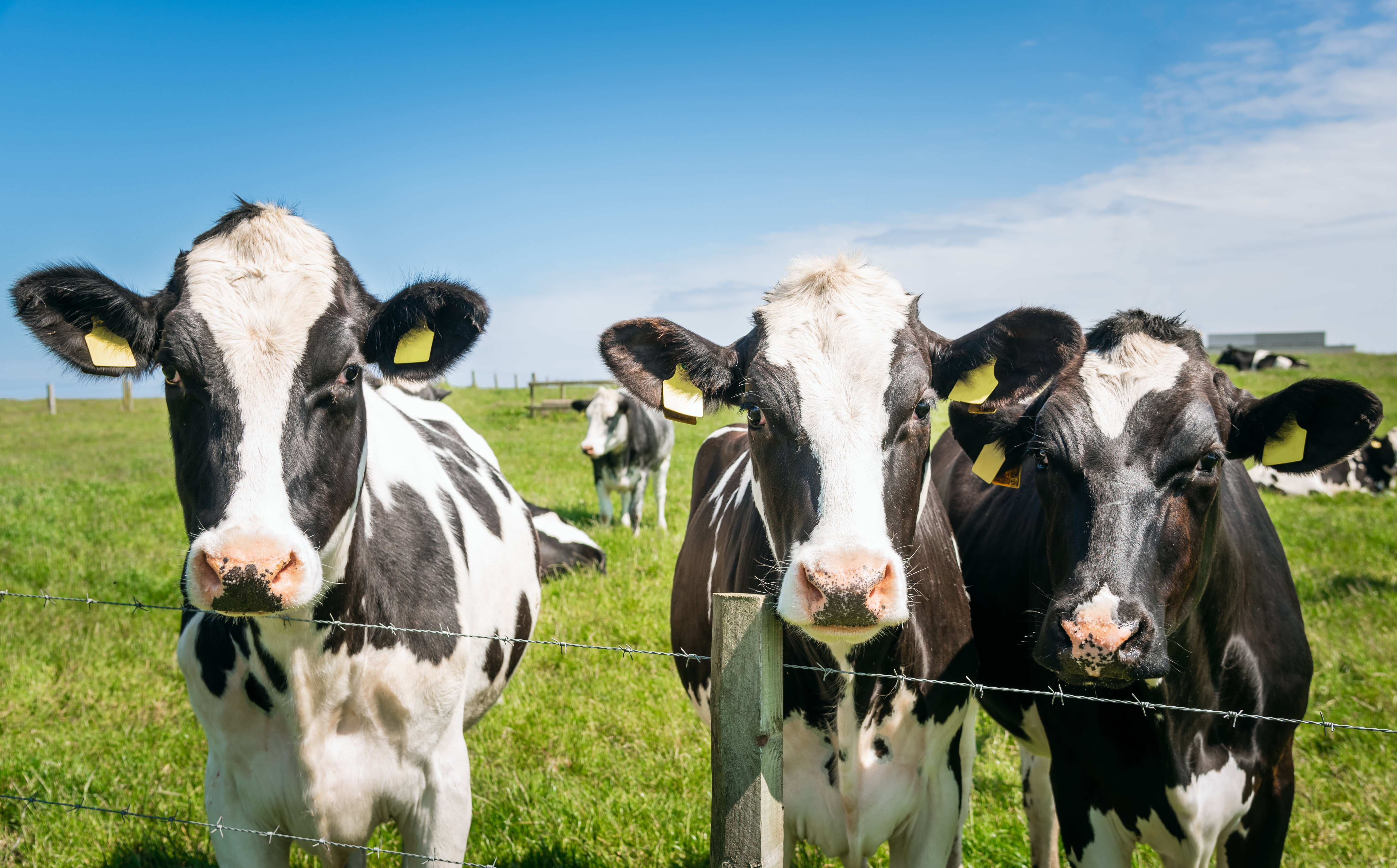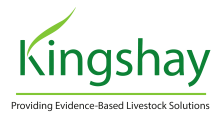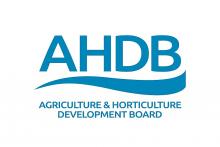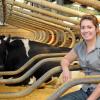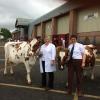Key aspects include animal health and welfare, milk quality, and efficient processing techniques. Sustainable and ethical practices, alongside technological advancements, play a vital role in ensuring the quality, quantity, and environmental responsibility of dairy production. Please share tools, information and resources relevant to dairy production.
UK Dairy Industry Statistics September 2021:
- The UK is the thirteenth-largest milk producer in the world.
- Milk accounted for 16.4% of total agricultural output in the UK in 2020 and was worth £4.4bn in market prices.
- The total number of UK dairy cows has fallen from 2.6 million in 1996 to 1.9 million in 2020, a 28% reduction.
- The UK produced 15.3 billion litres of milk in 2020, the highest annual figure since 1990.
- In 2019, the UK recorded a trade surplus in volume terms for dairy for the first time since records began (1997). This surplus continued in 2020 although it reduced in size.
- In 2020, the UK had a negative trade balance in butter and cheese, but a positive trade balance in milk and cream.
- Farm-gate milk prices for June 2021 were 30.4 pence per litre, up from a low of 21.5 ppl in August 2016.
- Between 1995 and today, doorstep delivery has declined from 45% to 3% of the retail milk market, despite increases during the pandemic.
- Supply chains were disrupted following the lockdown imposed to suppress the coronavirus outbreak in March 2020. Milk prices recovered later in the year.
- Exports of dairy products to the EU decreased following the end of the EU Exit transition period.

